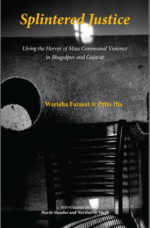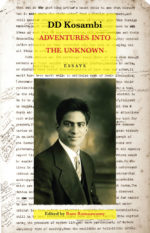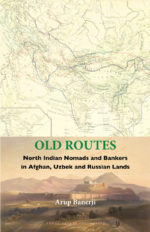Ram Ramaswamy
Some years ago, a friend of mine at JNU proudly told me about a book that he had picked up from the library “sale”, a book that had once belonged to D D Kosambi (DDK). Apparently it had not been checked out for years, and was therefore deemed unworthy of staying on in the library, as if finding a place on the library shelf was just some sort of evolutionary game, a survival of the fittest and no more…
The JNU had, at some point in time, acquired Kosambi’s personal collection of books, that was, according to Mr R P Nene (DDK’s friend and assistant, in an interview in June 1985) “sold by his family after his death to the JNU at the cost of Rs. 75,000.” Details of how this happened are not too clear- Kosambi died in 1966, the JNU was founded in 1969, and the initial seed of the JNU library was that of the “prestigious Indian School of International Studies which was later merged with Jawaharlal Nehru University.” Our website goes on to say that the “JNU Library is a depository of all Govt. publications and publications of some important International Organisations like WHO, European Union, United Nations and its allied agencies etc. The Central Library is knowledge hub of Jawaharlal Nehru University, It provides comprehensive access to books, journals, theses and dissertations, reports, surveys covering diverse disciplines.”
The full text is here






